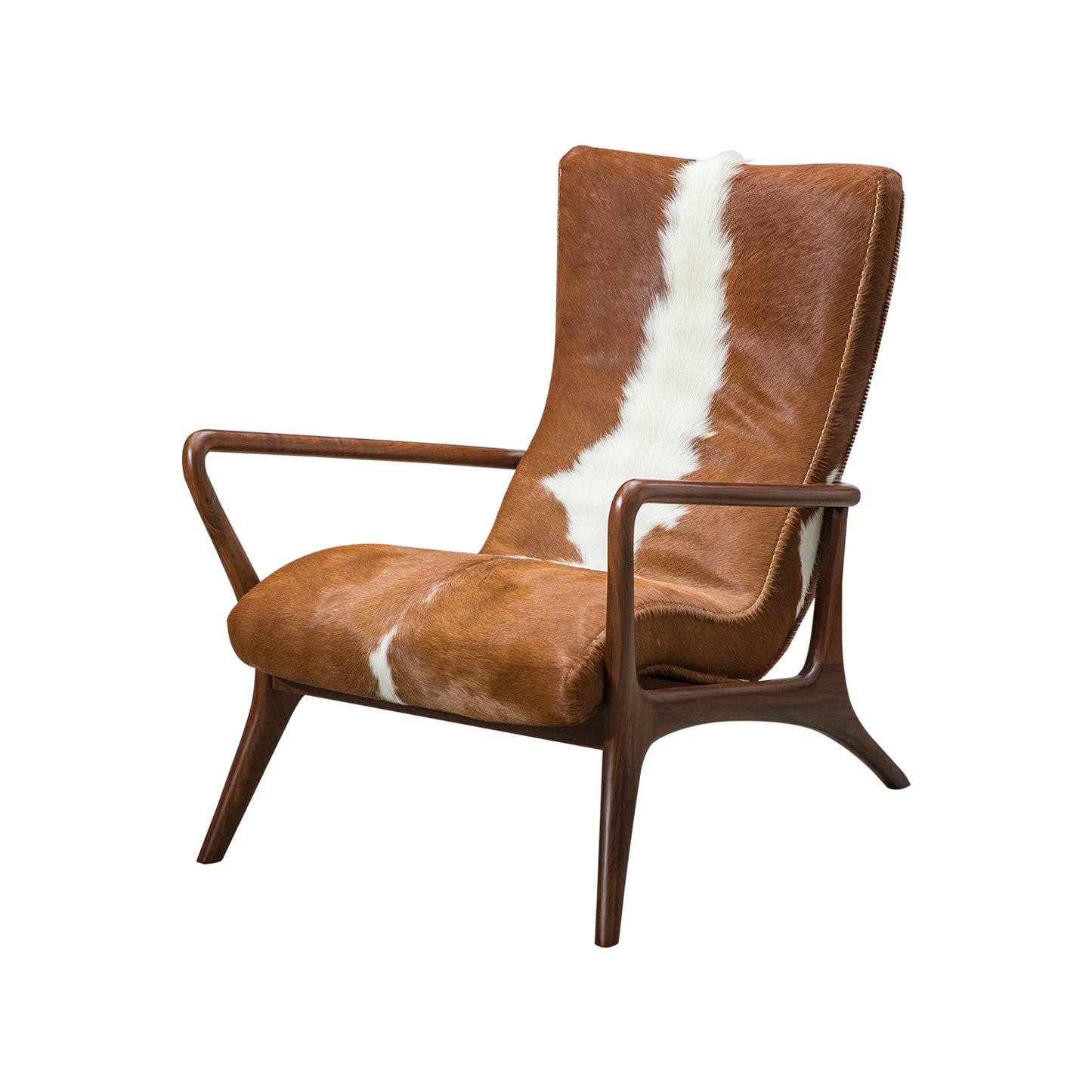The chair is more than just a piece of furniture; it is a reflection of cultural values, technological advancements, and artistic expression. Throughout history, the design of chairs has evolved significantly, adapting to the needs and preferences of various societies. This article delves into the rich history of chair design, exploring its transformation from ancient times to modern trends.

Ancient Origins of the Chair
The earliest known chairs date back to ancient Egypt, where they were symbols of power and status. Crafted from wood and adorned with intricate carvings, these chairs were often reserved for royalty. Similarly, in ancient Greece, the chair was a vital element of social gatherings, with designs like the klismos showcasing elegant curves and functionality.
- Egyptian chairs were often made from wood and featured elaborate decorations.
- Greek klismos chairs highlighted the importance of aesthetics and comfort.
- Roman chairs, such as the curule chair, were associated with political authority.
The Renaissance and Baroque Periods
During the Renaissance, the chair underwent a significant transformation. Craftsmen began to experiment with new materials and techniques, leading to the creation of ornate designs. The Baroque period further pushed the boundaries of chair design, with lavish decorations and bold forms becoming the norm. These chairs were not only functional but also served as statements of wealth and sophistication.
Modernism and Minimalism
The 20th century brought about a radical shift in chair design, with movements such as Modernism and Minimalism prioritising functionality and simplicity. Designers like Charles and Ray Eames revolutionised the industry with their innovative use of materials, creating iconic chairs that remain popular today. The emphasis shifted from ornate designs to clean lines and ergonomic comfort, making the chair accessible to a broader audience.
- Modernism focused on functionality and simplicity.
- Minimalism emphasised clean lines and ergonomic design.
- Iconic chairs like the Eames Lounge Chair became timeless classics.
Contemporary Trends in Chair Design
Today, the world of chair design is more diverse than ever. With a growing emphasis on sustainability, many designers are now using eco-friendly materials and production methods. Additionally, the rise of technology has led to the creation of smart chairs that enhance user experience through integrated features.
For those looking to explore the latest in chair design, consider visiting  . This collection showcases a variety of contemporary chairs that blend style and functionality, catering to the needs of modern interiors.
. This collection showcases a variety of contemporary chairs that blend style and functionality, catering to the needs of modern interiors.
Conclusion
The chair has come a long way from its ancient origins, evolving into a vital component of interior furniture. As we continue to innovate and adapt, the future of chair design promises to be as exciting as its past. Whether you prefer the elegance of historical designs or the sleekness of modern aesthetics, there is a chair to suit every taste and need.








